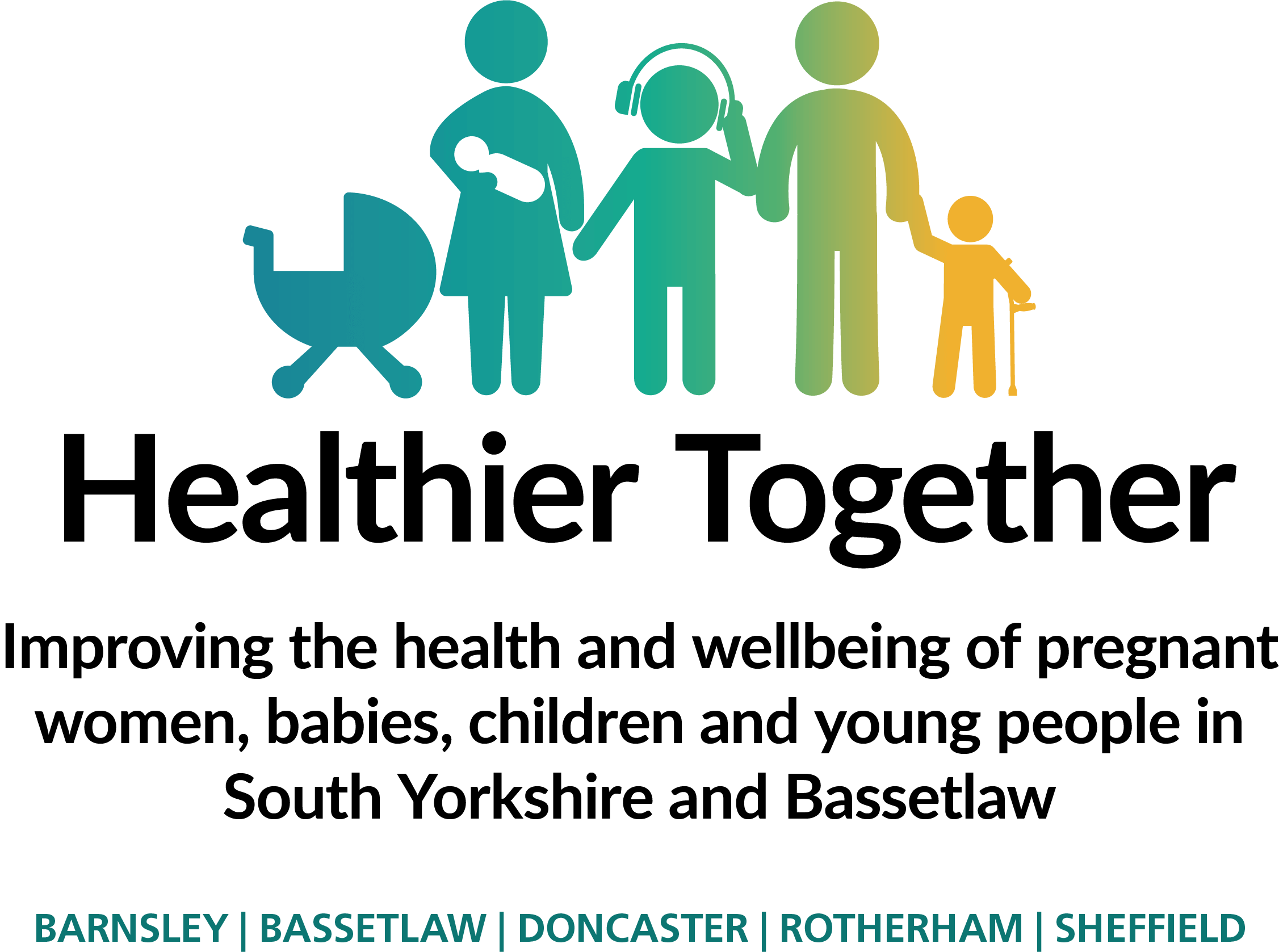How do broken toes occur?
Broken toes can occur in several ways but are commonly caused by a direct hit, such as kicking a hard object or something landing on the toe.
A toe can also break from a twisting type of injury: if you play a sport where you don’t wear shoes (for example, martial arts, ballet and gymnastics) you are at an increased risk of a toe injury.
What are the symptoms?
- Pain, swelling and tenderness
- Difficulty walking or running
- Toe may turn bruised as may the rest of the foot
- Bleeding or discolouration underneath the toenail
- Toenail may fall off
What is the treatment?
- A fracture can only be diagnosed by X-ray. However, if the toe is in normal alignment (I.e. not bent out of position) an X-ray will generally not be taken, unless it is the big toe.
- The treatment for a broken or bruised toe is the same, so giving radiation is deemed unnecessary.
- Sometimes the injured toe can be taped to the one directly next to it, if comfortable, but in children can cause more pain and is not always necessary. Loose fitting shoes (such as trainers) can be beneficial for pain relief.
- Simple painkillers such as paracetamol and ibuprofen are recommended and may be taken together, if needed, to allow gentle mobilization and decrease swelling.
- Ice during the first 48hrs is sometimes recommended but in young children can cause more distress. You can use ice packs or frozen peas applied over a thin piece of material to the toe. Do not apply directly to the skin as this can cause ice burns. Do this for 5-10 minutes 3 x a day.
- If the toenail is loose and has not yet fallen off, keep a plaster around it to avoid sudden lifting. The new one will grow and gradually push the old one off.
How long do the effects last?
It usually takes 4-6 weeks for a broken toe to heal, although symptoms may last longer than this. If the fracture goes into a joint, the toe may continue to feel stiff and you can lose some range of movement. Sometimes a toe may become shorter after a fracture.
When can I return to my normal activities?
Everyone recovers from an injury at a different rate. Returning to normal activities will be determined by how soon the toe recovers, not by how may days or weeks it has been since the injury occurred.
The goal of rehabilitation is to return to normal activities as soon as possible. If it occurs too soon, it may worsen the injury.
Normal activity can typically resume when walking straight ahead occurs without pain or limping.
To help improve the movement of the toe and avoid long term pain, it is advised (with older children) to:
- Avoid bare feet, especially with hard wooden or tiled floors; ensure wearing of slippers, trainers or shoes for 2-3 months post injury.
- Avoid wearing flip-flops for 2-3 months as they offer little support to the foot and can potentially cause pain to the injured toe slowing down healing.
- To improve the mobility of the toe if it is feeling stiff, practice picking up a pencil with bare toes to encourage flexion movements. This will be more comfortable 4-6 weeks post injury.
If you are concerned you can get advice from your GP or 111. You can also contact 111. https://111.nhs.uk/



